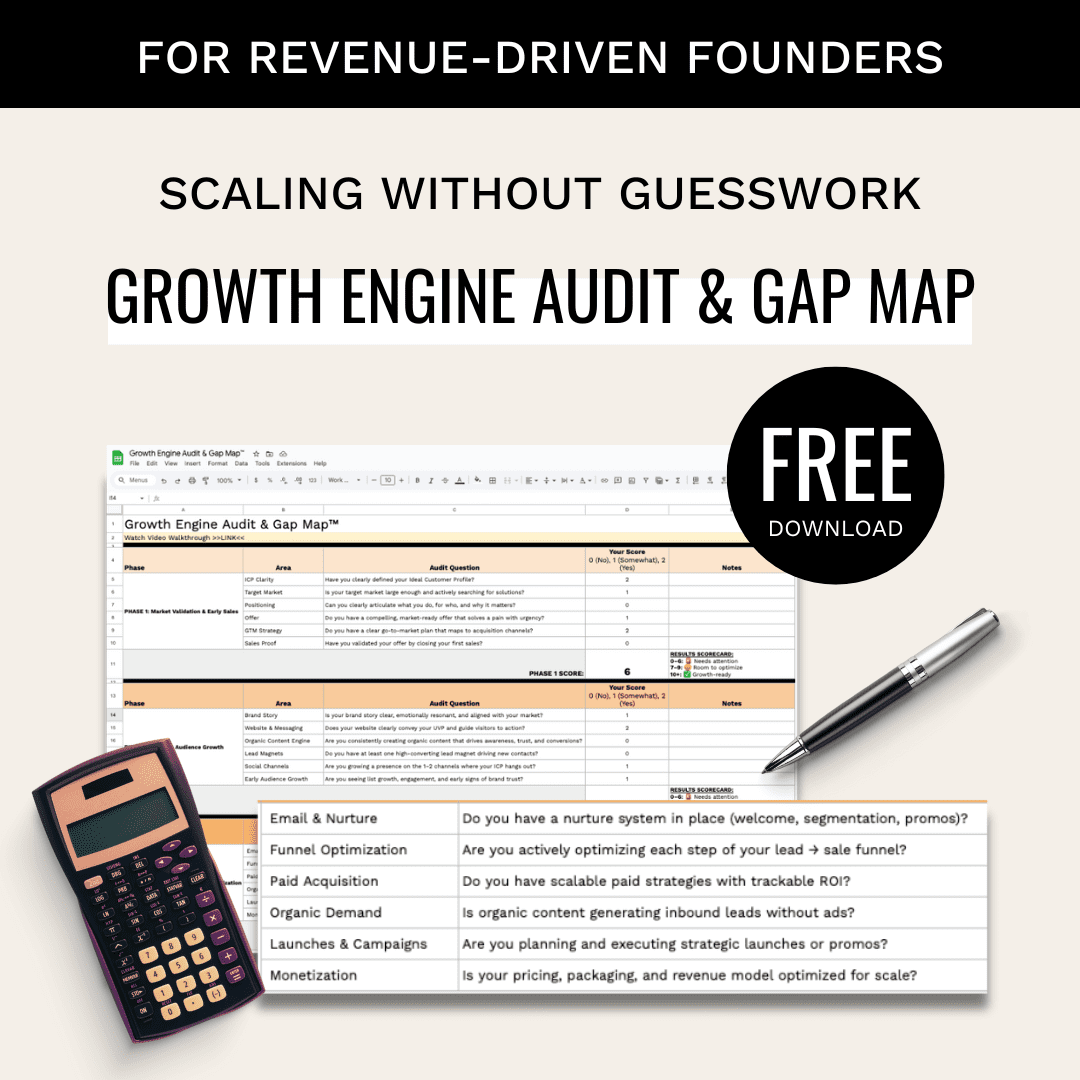Data integration is the key to running successful cross-channel marketing campaigns. By combining data from platforms like social media, email, websites, and CRM systems, businesses can create a complete view of customer behavior, make better decisions, and improve campaign results. Here’s a quick breakdown of the essentials:
- Why It Matters: Unified data helps with better targeting, personalized marketing, and smarter budget use.
- Benefits: Improved customer understanding, better campaign performance, and actionable insights.
- Challenges: Issues like siloed tools, technical complexity, and maintaining data accuracy.
- How to Do It: Use APIs, centralized platforms, and clear data rules (e.g., validation, deduplication, compliance).
- Key Tools: Look for platforms with features like real-time syncing, scalability, and strong privacy controls.
Start by reviewing your data sources, planning data flow, and training your team to ensure smooth integration. This approach not only optimizes marketing efforts but also drives consistent growth.
Main Parts of Cross-Channel Data Integration
Data Sources and Connection Methods
Bringing together multiple data sources is key to understanding marketing performance as a whole. Common sources include:
| Data Source Type | Examples | Key Data Points |
|---|---|---|
| Customer Data | CRM Systems, Support Tickets | Contact Info, Purchase History |
| Marketing Analytics | Google Analytics, Social Media | Traffic, Engagement Metrics |
| Sales Data | POS Systems, E-commerce Platforms | Transaction Details, Revenue |
| Campaign Data | Email Tools, Ad Platforms | Campaign Performance, ROI |
Establish secure and reliable connections between these sources. Real-time synchronization is often used to ensure decisions are based on up-to-date information. APIs and centralized platforms are critical tools for managing these connections efficiently.
APIs and Data Platforms
APIs play a central role in integrating data across channels. They ensure smooth data flow by handling:
- Secure authentication for safe data transfer
- Rate limits to control data flow and prevent overload
- Standardized data formats to ensure consistency
- Error handling processes to maintain reliability
Modern data platforms serve as hubs that collect, process, and store data from various sources. These platforms simplify the challenge of normalizing data from different channels, making it easier to analyze. By standardizing data, they pave the way for creating precise customer profiles.
Building Customer Data Profiles
Detailed customer data profiles are crucial for tailored marketing efforts. Each profile should include:
- Basic Information
- Contact details
- Demographics
- Communication preferences
- Interaction History
- Purchase behaviors
- Responses to campaigns
- Support interactions
- Channel Engagement
- Preferred communication methods
- Platform-specific response rates
- Content preferences
Regularly cleaning and validating this data ensures profiles remain accurate and actionable, helping you deliver more personalized marketing experiences.
Best Practices for Integrating Marketing Data to Drive Smarter …
Data Integration Methods and Tips
Building on customer profile creation, maintaining accurate and compliant data is crucial for effective integration across channels.
Data Rules and Quality Control
To ensure data accuracy and compliance, set up clear governance practices. Start with standardized protocols for managing data:
| Aspect | Control Measure | Tips |
|---|---|---|
| Data Validation | Field-level checks | Require specific formats for phone numbers, emails, and addresses. |
| Deduplication | Automated merging | Use unique identifiers to combine duplicate customer records. |
| Data Freshness | Scheduled syncing | Update high-priority data hourly, while others are refreshed daily or weekly. |
| Compliance | Privacy controls | Track consent status and enforce retention policies to meet regulations. |
Regular audits, preferably monthly, help identify and correct errors early. Automate these checks wherever possible to streamline the process.
Data-Driven Personalization
Personalization efforts work best when supported by clean, unified data. Focus on creating customer segments that reflect behaviors and preferences:
Real-Time Data Processing
- Monitor customer activity across all channels.
- Update personalization rules based on recent interactions.
- Adapt messaging to align with current engagement trends.
Cross-Channel Consistency
- Rely on unified customer profiles to maintain consistent messaging.
- Track response rates across platforms and refine strategies as needed.
To avoid overwhelming users, use progressive profiling to gradually enrich customer data over time.
Once personalization is in place, the next step is precise audience targeting.
Multi-Channel Audience Targeting
Targeting across multiple channels requires a structured approach:
Audience Segmentation
- Use behavioral insights to create detailed segments.
- Analyze purchase habits, preferred channels, and peak engagement times.
- Measure content interaction levels to fine-tune your approach.
Steps for Effective Targeting
- Segment Definition
Define clear criteria for segmentation using integrated data and behavior patterns. - Channel Coordination
Align messaging across platforms while keeping branding consistent. Assess cross-channel performance to optimize timing. - Performance Monitoring
Track results with detailed analytics to identify what works. Adjust strategies based on these insights to improve outcomes.
sbb-itb-e8c8399
Data Integration Tools
Data integration tools bring together information from multiple channels, improving the effectiveness of campaigns while ensuring compliance with regulations.
Tool Comparison Guide
When choosing a data integration platform, focus on these core features:
| Feature Category | Basic Capabilities | Advanced Options |
|---|---|---|
| Data Sources | Email, Social, CRM | IoT, Custom APIs |
| Sync Speed | Daily batch processing | Real-time streaming |
| Setup Complexity | Visual interface | Custom coding options |
| Security & Compliance | Basic encryption | Advanced audit trails |
| Scalability | Up to 1M records/month | Unlimited processing |
| Cost Range | $500–2,000/month | Custom enterprise pricing |
Use this guide to assess which platform aligns best with your needs.
How to Pick Integration Tools
Choosing the right integration tool depends on two key areas:
- Technical Factors: Look at data volume, compatibility with your tech stack, and your team’s technical expertise.
- Business Considerations: Factor in your budget, expected ROI, speed of implementation, and training requirements.
Start with tools that fit your current needs but also have the flexibility to scale as your business grows. Opting for a simple solution with upgrade options is often a smart approach.
Growth and Privacy Requirements
Today’s integration tools need to support business growth while staying compliant with privacy regulations.
Privacy Compliance Features
- Options for managing data residency by region
- Automated systems for consent management
- Regular security updates to address vulnerabilities
- Detailed audit logs for tracking data access and changes
Growth Support Features
- Infrastructure that scales with your business
- Pricing models that adjust based on usage
- API access for building custom integrations
- Advanced analytics to enhance decision-making
When adopting new tools, establish clear protocols for:
- Conducting regular compliance audits
- Managing data access permissions
- Performing privacy impact assessments
- Responding to security incidents
Keep in mind that compliance rules differ depending on your region and industry. Select tools that meet your regulatory requirements while also supporting your marketing goals.
Check out our step-by-step integration guide next for actionable implementation tips.
Step-by-Step Integration Guide
Data Source Review
Start by listing each data source, focusing on its key metrics and how important it is for integration:
| Data Source Type | Key Metrics to Review | Integration Priority |
|---|---|---|
| CRM Systems | Customer profiles, interaction history | High – Core customer data |
| Marketing Platforms | Campaign performance, engagement rates | High – Attribution tracking |
| Analytics Tools | Website behavior, conversion paths | Medium – Enhanced insights |
| Sales Systems | Transaction history, revenue data | High – Revenue tracking |
| Support Channels | Customer feedback, service tickets | Medium – Experience data |
Evaluate each source for factors like record completeness, update frequency, format consistency, duplicate records, and error trends. Once you have a clear inventory, map out the data flow to ensure these sources are effectively connected.
Data Flow Planning
- Define Clear Data Touchpoints
- Establish connections between systems.
- Link email campaign activity to your CRM and analytics tools.
- Enable real-time personalization across platforms.
- Adopt Consistent Standards
- Use the MM/DD/YYYY date format.
- Standardize currency as $ for consistency.
- Maintain unified customer identifiers across systems.
- Normalize engagement metrics for better comparisons.
- Set Up Validation Rules
- Ensure data formats are consistent.
- Check numerical values fall within expected ranges.
- Verify mandatory fields are completed.
- Implement duplicate detection tools.
- Cross-reference data to ensure accuracy.
With these steps, you’ll have a well-structured data flow ready for integration. Make sure your team is prepared to manage and fine-tune the process.
Team Training and Tracking
Equip your team with the skills and tools they need through tailored training. Cover key areas like data collection, quality control, tool usage, and compliance.
- Skills Development
- Teach data collection protocols.
- Train on quality control standards.
- Provide hands-on guidance for integration tools.
- Emphasize compliance with relevant regulations.
- Create a scalable training plan for new team members.
- Monitor Key Performance Metrics
- Track data accuracy rates.
- Measure how quickly integrations are completed.
- Monitor error resolution times.
- Evaluate system utilization to identify bottlenecks.
- Improvement Process
- Regularly assess how well integrations are working.
- Identify gaps in training or processes.
- Update procedures based on performance data.
- Streamline workflows for better efficiency.
- Hold periodic review sessions to address challenges and share insights.
Wrap-Up
Main Points
Data integration is crucial for running successful cross-channel marketing campaigns. By connecting systems, businesses can improve targeting, enhance personalization, and achieve growth while managing costs effectively.
| Advantage | Result |
|---|---|
| Unified Customer View | Better personalization and more accurate targeting |
| Cost Optimization | More efficient customer acquisition |
| Revenue Growth | Improved monetization of existing audiences |
| Scalable Operations | Consistent, repeatable growth over time |
| Data-Driven Decisions | Strategies built on solid evidence |
These takeaways can help you kickstart your data integration initiatives.
Getting Started
Begin with a detailed evaluation of your brand to pinpoint integration opportunities and craft a growth strategy based on data.
Key steps to consider:
- Strategic Assessment: Review all data sources and identify what needs to be integrated first.
- Implementation Planning: Design systems that are easy to replicate and focus on cost-effective methods.
- Leadership and Execution: Build a leadership team that balances strategy and execution, ensuring long-term growth.
"Without execution, strategy is dead." – Lillian Pierson, Data-Mania
If you need expert advice, consider hiring specialized leadership. Full-time CMOs can cost between $304,669 and $429,040 annually. Fractional leadership offers a more budget-friendly way to access top-tier marketing expertise without the full-time commitment.
FAQs
What are the main challenges businesses face when integrating data across multiple channels, and how can they address them?
Integrating data across multiple channels can be complex, with businesses often encountering challenges like inconsistent data formats, siloed systems, and scalability issues. These problems can lead to inefficiencies, inaccurate insights, and missed opportunities.
To overcome these challenges, start by standardizing data formats and ensuring all systems use a common structure. Invest in data integration tools or platforms that can centralize and automate the process, reducing manual errors. Additionally, fostering collaboration between teams and creating a unified data strategy can help break down silos and align efforts across departments. By addressing these issues proactively, businesses can unlock the full potential of cross-channel campaigns and make data-driven decisions with confidence.
How do APIs support seamless data integration for cross-channel campaigns, and what features should businesses prioritize in a data platform?
APIs play a crucial role in enabling seamless data integration by allowing different systems and platforms to communicate and share information effortlessly. They act as bridges, connecting tools like CRMs, marketing automation platforms, and analytics software, ensuring consistent and real-time data flow across channels.
When choosing a data platform, businesses should prioritize features like scalability, robust API support, and data security. Look for platforms that offer easy integration with your existing tools, support for real-time data synchronization, and compliance with industry standards like GDPR or CCPA. These capabilities help ensure your campaigns are not only efficient but also aligned with legal and operational requirements.
How can businesses ensure their data integration efforts comply with privacy regulations while driving growth?
To ensure data integration efforts comply with privacy regulations while fostering growth, businesses should focus on three key areas:
- Understand and adhere to relevant regulations: Familiarize yourself with privacy laws like GDPR, CCPA, or HIPAA, depending on your industry and location. Ensure your processes align with these requirements to avoid legal risks.
- Implement robust data governance practices: Establish clear policies for data collection, storage, and sharing. Use encryption, access controls, and regular audits to safeguard sensitive information.
- Prioritize transparency and user consent: Clearly communicate how data is used and obtain explicit consent from users. This builds trust and ensures compliance with privacy laws.
By combining compliance with strategic integration, businesses can unlock growth opportunities while maintaining customer trust and legal security.
Related Blog Posts
- How to Use Data to Build a Personalization Engine for Your SaaS
- Omnichannel Strategy: Challenges for SaaS Firms
- Real-Time Analytics for Marketing Decision Support
- 5 Best Practices for B2B Marketing Automation Success




